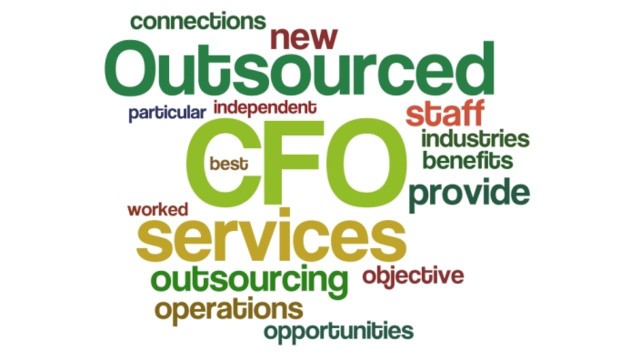Pension Advisers Talk Like CFOs
Post on: 7 Июнь, 2015 No Comment

Email this article
Comments *
CFOs have an edge if they can talk about finance in a way that’s meaningful to key stakeholders who aren’t finance people, like some board members and investors. And when they’re on the receiving end of communications they’re like anyone else: they’re more responsive when the communicators speak a language they understand.
That’s what is behind a push by institutional investment managers to address CFOs of their client pension-plan sponsors in the language of corporate finance rather than overuse investment-industry jargon, says Mike Thomas, chief investment officer for the Americas institutional business at Russell Investments.
“Investment folks like to talk about things like surplus VAR,” says Thomas, referring to “value at risk,” a statistical technique for quantifying the level of financial risk within a company or investment portfolio over a specific time frame. Corporate risk managers and CFOs are generally familiar with VAR, but “surplus VAR” is particular to defined-benefit pension plans. “It requires a shift from thinking about the volatility of assets to the volatility of the difference between assets and liabilities,” he says.
Recommended Stories:
For example, where a VAR analysis might show that a plan risks losing $1 million, given its current investment allocations and economic conditions, surplus VAR might show that a $1 million loss may be fine because plan liabilities also could go down by that amount. “Boards and pension committees, even CFOs, don’t always know what we’re talking about,” Thomas says.
Russell, and the investment industry generally, he says, are in the midst of changing their ways. In Russell’s case, the firm is presenting client CFOs with a one-page analysis of risks related to pension assets and liabilities expressed in terms of the potential impact from pension-fund performance on common financial metrics like free cash flow and earnings per share. What will happen to such metrics if, say, a 10% drop in equity markets or a 40% increase in interest rates exerts a profound effect on pension-fund values? What if the global financial crisis were to reoccur?
The shift isn’t actually a response to specific requests from finance chiefs, says Thomas. Rather, it’s “a recognition on our part that what we were talking about before wasn’t resonating like it should have. We were saying, ‘Can’t you see what this is telling us? Can’t you see how important this is?’ But we weren’t getting through.” With the new approach, a CFO is more likely to say, “I get it, and that impact on our free cash flow can’t happen,” and adjust the level of investment risk accordingly.
Even for finance leaders who appreciate the new approach, it may have a shoe-on-the-other-foot feel. Boards, CEOs and business-unit leaders have beseeched them for years to provide more concise, plain-language financial analyses.

Focus on What Counts Most
A better feel for the true implications of pension risk could help pension committees, which are frequently chaired by CFOs, avoid excessive focus on evaluating the plan’s return on assets and the performance of asset managers at the expense of prudent attention to some other, more important items.
Historically, fund managers have typically been selected and measured based on their investment performance relative to such benchmarks as the Russell 1000 Index for equities and the Barclays Aggregate Index for bonds. Often, discussions about manager selection and asset returns have dominated committee meetings.
But the global financial crisis exposed the inadequacy of that focus, according to Thomas. “If a plan’s entire pool of assets went down by 25 percent, why would you be talking about an asset manager outperforming or underperforming the market by 100 basis points, so that instead of 25 percent you were down 24 percent or 26 percent?” he says. “What really happened was that your funded status fell through the floor. You need to be more aware of what’s happening in absolute terms than relative terms.” While monitoring asset managers is not unimportant, “you’ve got a limited amount of time [for the meeting], so focus first on overall asset allocation and overall risk exposure.”
Doing that, though, does require delving into complicated investment-industry concepts, such as “surplus volatility.” Let’s say a plan has current assets of $10 billion and future liabilities of $11 billion. That deficit – called a “negative surplus” – goes on the company’s balance sheet and must be funded over a seven-year period. In other words, the company’s contribution to the fund for the year must include one-seventh of that $1 billion deficit (as well as such contributions for prior seven-year periods that haven’t yet ended).
“Surplus volatility” is a measure of how much that negative $1 billion could change. If the range is from negative $800 million to negative $1.2 billion, that’s not very volatile. But what if the range is from no deficit to negative $2 billion? “The most important thing is to make sure the surplus isn’t so volatile that a left-tail event [like a plunge in the equity markets] doesn’t lead to writing a check so big that it forces the company to consider bankruptcy,” says Thomas.














